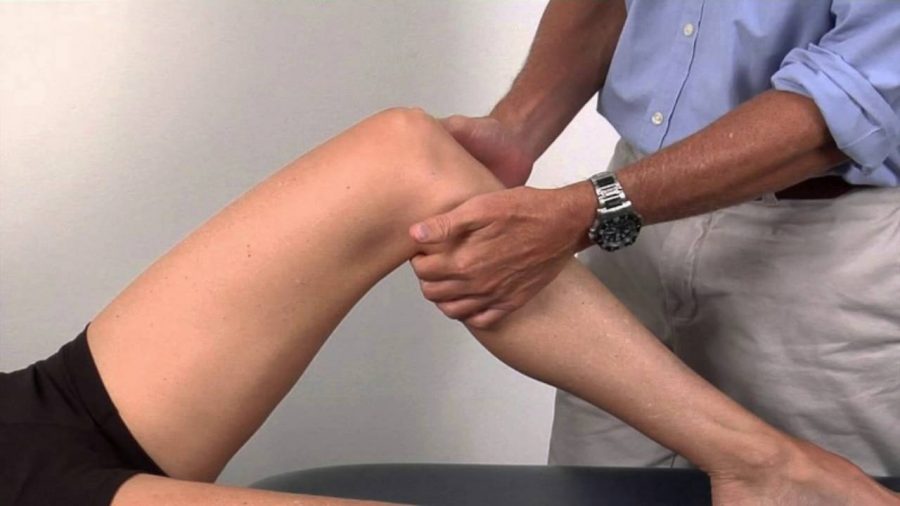
There are many people who struggle with vein diseases. Whether you fight venous ulceration, varicose veins, or just spider veins there are effects as well as symptoms that you should watch for and be aware of so you can protect your body from the damage and pain that is associated with vein disorders.
What are vein disorders?
There are different vein disorders that vary in severity. A common, and least substantial disorder is spider veins. Spider veins are small and the least noticeable by the eye. A more noticeable and painful disorder is varicose veins. Varicose veins are very noticeable to the eye and can cause pain to the people they affect. Finally, venous ulcerations are extremely painful and very noticeable.
Venous Ulceration
Venous ulceration are ulcers that form both on the inside and outer layers of skin on the lower legs. When the veins in the lower legs are unable to move the blood back up from the legs to the heart they blood pools and causes ulcers to form on the skin. The pooled blood causes a sore or wound on the skin that then turns into an ulcer. You can learn more about venous ulceration on Advanced Vein Therapy’s website.
You often see venous ulceration in people who have poor circulation. When you blood is unable to move fluidly back to your heart the blood has to pool inside of the legs. Depending on how severe the blood flow is you will suffer from different levels of vein problems.
After the blood begins to pool inside of your legs the fluids that are built up will have to go somewhere. Fluids begin to leak into the tissues inside of the leg tissues. The liquid that starts to disperse into the tissues in the legs can cause a great amount of swelling and pressure on the skin. Because of the ulcers that are on the skin, there is a lot of pain associated with the liquid that build inside of the legs and causes swelling.
What Should I do if I have Ulcers?
If you think you may be suffering from ulcers on your legs due to vein problems you need to contact a vein specialist as soon as possible. One of the best ways to manage venous ulceration is to manage the case before it becomes a large problem and takes over a greater amount of space on the legs. The more ulcers that form on your body the more painful the disease will become and the harder it will be to treat.














